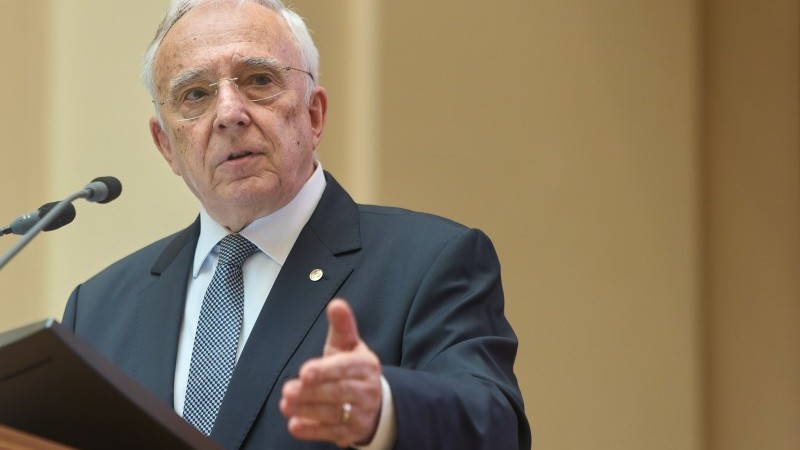Although the inflation profile remains elevated, we wouldn’t be surprised to see a more dovish stance in the Bank’s upcoming press release. Indeed, while inflation is set to touch the double-digit barrier again in September, finish the year at 9.6% (our forecast) and keep real rates negative for around a year, the uncertainties over the economic growth outlook are clearly a pressing topic for policymakers too.
GDP growth is set to rely mostly on public investments in the coming quarters, should the latest decisions on RRF and investment prioritisation remain on track for delivery. On the other hand, private consumption is already set for a difficult third quarter (more on that in our latest retail sales note).
Ultimately, at this point, the argument for a more short-lived inflationary phase – relative to the previous one – is supported by clear signs of weakening consumption and wage dynamics, coupled with persistently subdued consumer sentiment.
Additionally, our team anticipates a continued easing in global oil prices, while a strong domestic agricultural season should limit the upside potential of food inflation ahead. Altogether, these elements are expected to exert downward pressure on inflation in the near-to-medium term.
